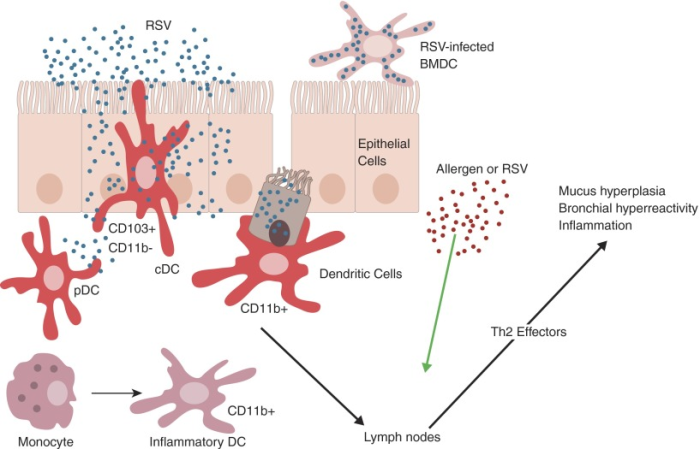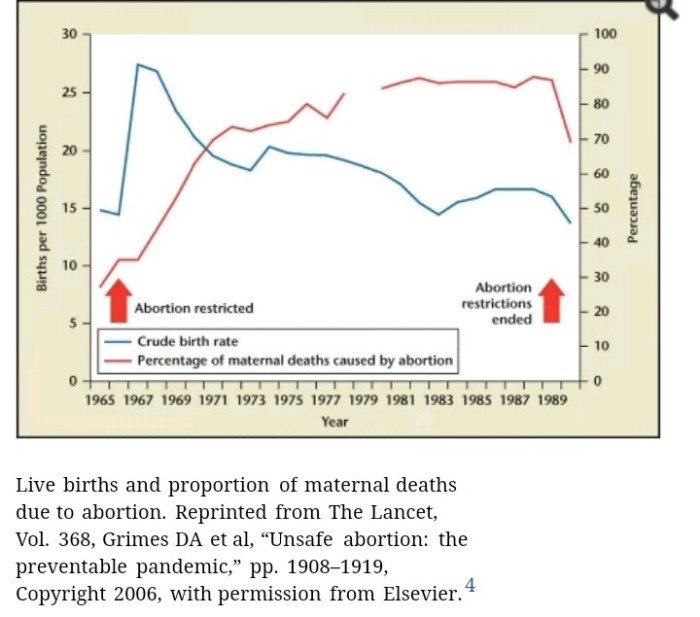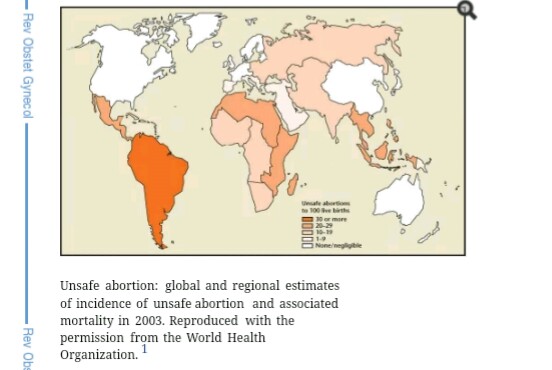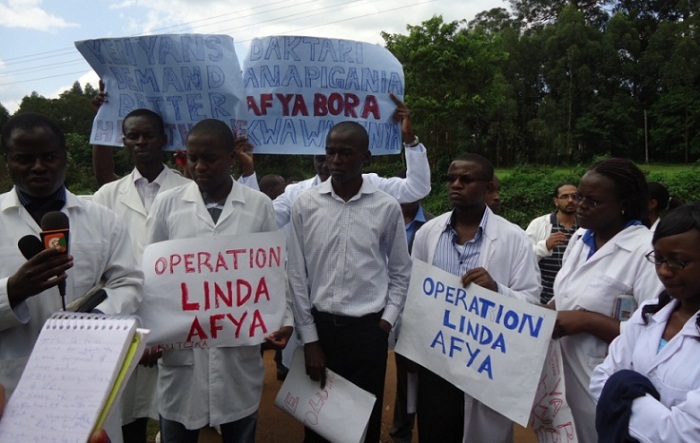The A and B sub-types of the respiratory syncytial virus (RSV) cause an acute respiratory tract infection in infants characterized by vigorous T cell-derived cytokine release, inflammation, and increased mucus production. Reinfection with RSV can occur throughout life. For example, seasonal epidemics of RSV are common in Kilifi and inter-epidemic transmissions are not effectively detected by hospital-based surveillance systems.
In a phylogenetic study comparing RSV sub-type B nucleotide sequences isolated from Kilifi with global RSV sequences obtained from the National Institutes of Health GenBank database, Agoti and colleagues aimed to employ computer science and mathematics to determine if seasonal epidemics of RSV were due to RSV newly introduced into Kilifi from a Kenyan source or from a global source.
Agoti and colleagues conducted a computer-based phylogenetic study where 651 RSV sub-type B nucleotide sequences from pediatric patients residing in Kilifi were compared to 833 RSV nucleotide sequences deposited into GenBank by researchers from other parts of Kenya and 18 other countries.
The investigators discovered the following: from 2002-2012, RSV epidemics occurred annually in Kilifi with RSV subtype B involvement noted in six out of eleven epidemics; and RSV nucleotide sequences from Kilifi demonstrated Maximum Likelihood phylogenetic tree clustering and minimal relatedness with RSV from the 18 other countries.
Overall, these findings were supportive of a regional instead of a global source of RSV during seasonal epidemics in Kilifi. However, extension of findings to the entire Kilifi population was limited by the sampling frame, which did not include older patients.
Taken together, evidence of a geographically restricted source of RSV in Kilifi sheds new light on the mechanism of RSV transmission among pediatric patients. This study is expected to bolster ongoing RSV vaccine development initiatives and optimize infection control strategies during seasonal RSV epidemics in Coastal Kenya.
Discover. Inspire. Prosper.
The STEM
University of Nairobi
[Original article]: Agoti CN, Otieno JR, Ngama M, Mwihuri AG, Medley GF, Cane PA, Nokes DJ: Successive respiratory syncytial virus epidemics in local populations arise from multiple variant introductions providing insights into virus persistence. J Virol 2015, pii: JVI.01972-15.
[Image]: Worgall S: Editorial: RSV, dendritic cells, and allergens—a bad combination. J Leukoc Biol 2013, 94: 1-3.













